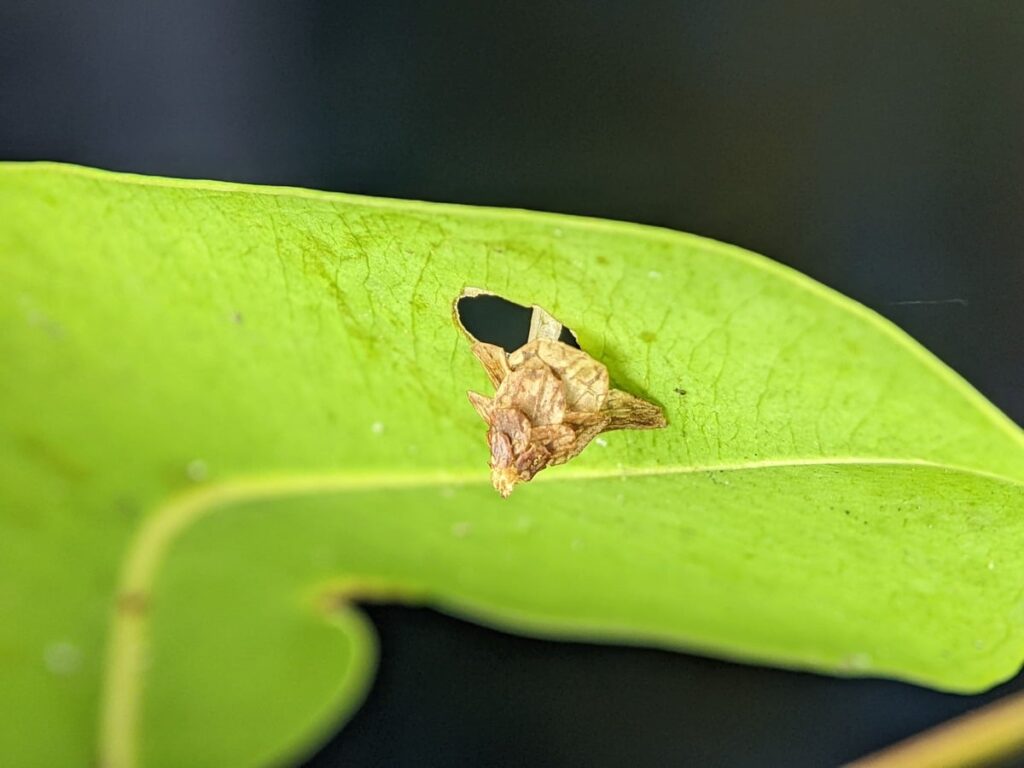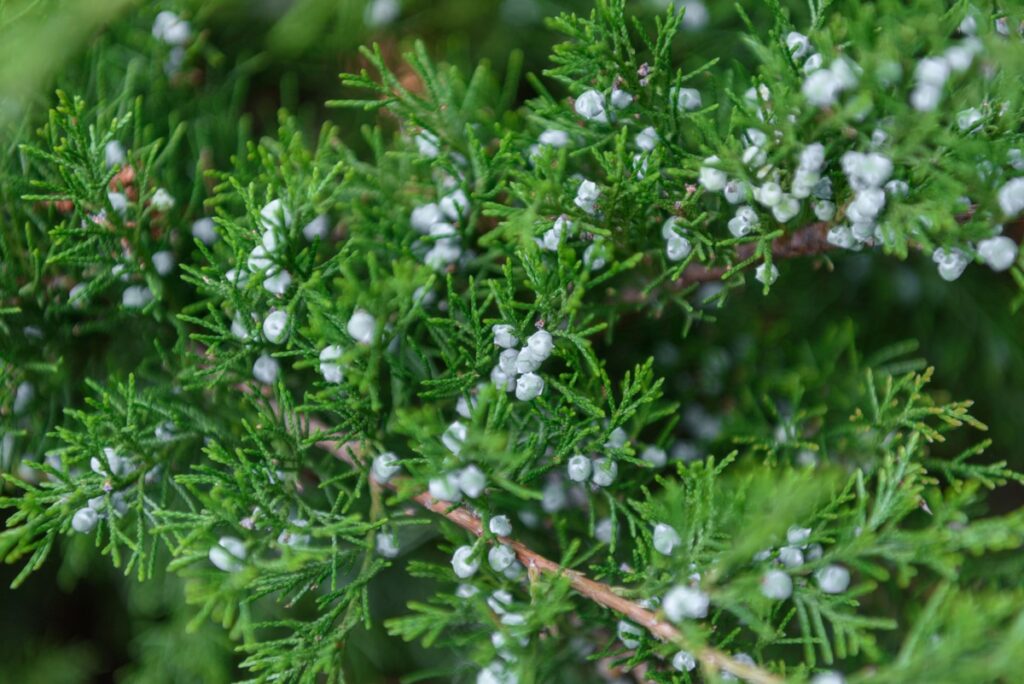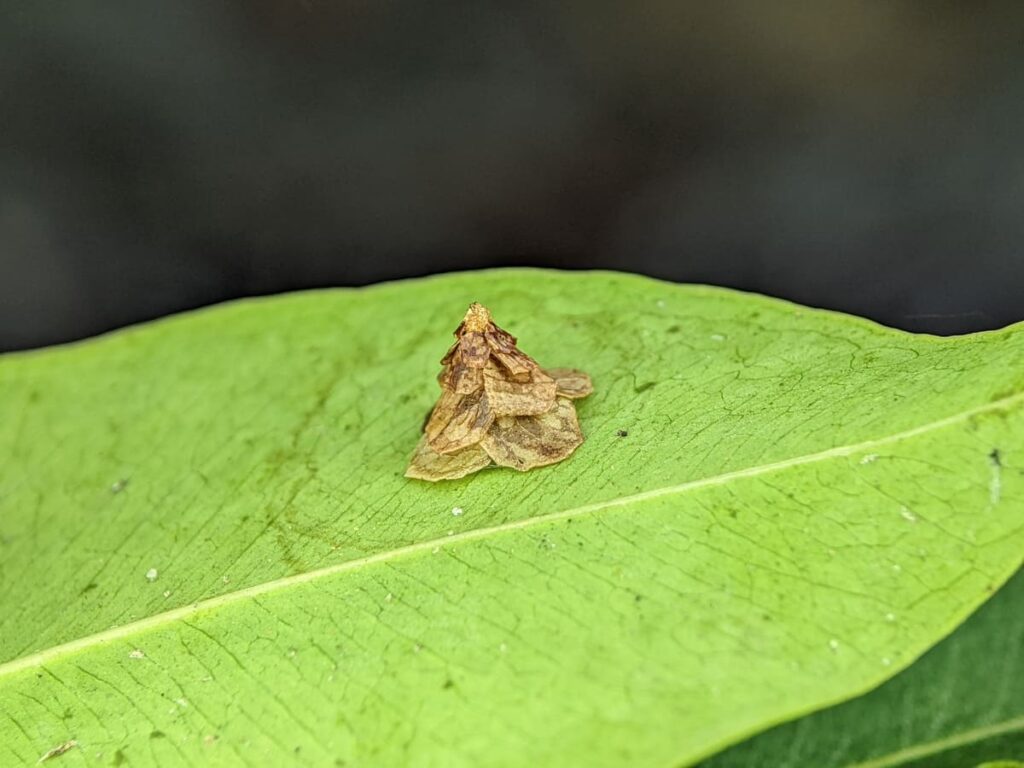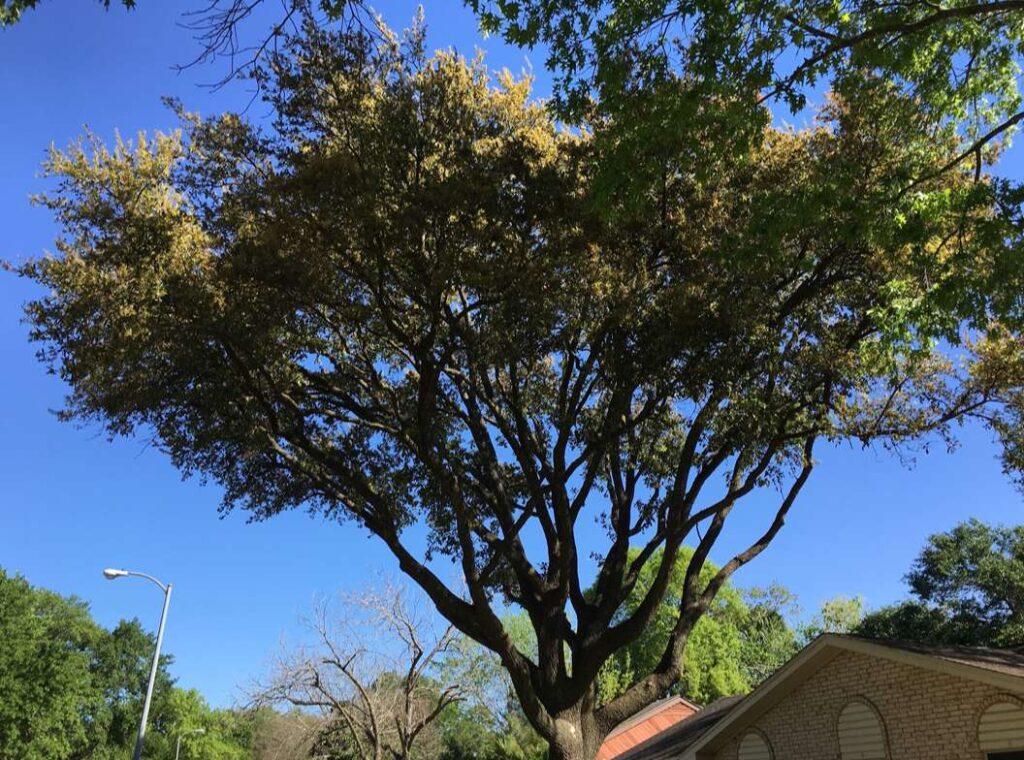
In the vast world of insects, the bagworm moth caterpillar stands out as a master architect. With its unique lifestyle and construction skills, this creature captivates all the attention.
But did you know that they can cause dramatic damage to your trees, plants & shrubs? This blog will provide all the information about this fabulous and interesting insect.
The scientific name of the Bagworm moth is “Psychidae,” also known as bagworms or bagmoths. Their common name is because they build small protective cases where they can hide and use them as a pupal case.
The cases that the caterpillar larvae of the psychidae construct are based on silk and other environmental materials like:
One of the greatest ways to identify them is by the cases they construct. Every specie creates a different design that fit its dimensions and needs; additionally, they use a variety of short and large sticks to make their dwelling in particular patterns and sizes.

The Bagworm Moth Caterpillar is a fascinating creature that belongs to the family Psychidae. These caterpillars are known for their unique behavior of constructing protective bags made of silk and environmental materials such as twigs, leaves, and bark.
They meticulously weave these bags around their bodies, using silk as the adhesive agent.
Bagworm caterpillars use these bags as a refuge & camouflage against predators. As they grow, they enlarge their bags by adding more materials, carrying their homes wherever they go.
This adaptation provides protection and allows them to blend in with their surroundings, making it difficult for predators to detect them.
These caterpillars feed on various trees and shrubs, with each species often specializing in specific host plants.
Their feeding habits can cause defoliation and damage to the vegetation they infest, making them a concern for gardeners and farmers.
Once fully grown, the bagworm caterpillar pupates within its bag, transforming into a moth.
The male moths are small and winged, while the females are wingless and remain inside their bags. The female moth releases pheromones to attract males for mating.
Overall, the Bagworm Moth Caterpillar’s bag-building behavior and adaptability make it an intriguing insect species, showcasing impressive survival strategies in its lifecycle.

The hatch of bagworm larvae usually occurs around May and June, from the 500-1000 eggs the female laid the previous fall.
The pupa color is usually dark, like brown or black; the pupal period lasts four weeks. Here, the wingless adult female moth will not leave the bag; it will only liberate the pheromone to attract the male moth.
On the other hand, the adult male moths will emerge from their bags and fly until they find a female. Once found, the male moth will insert his abdomen into the bag containing the adult female for fertilization. An interesting fact is that the adult males survive only long enough to reproduce.
After the mating, she will stop producing the pheromone, deposit her egg mass inside the bag, and suddenly die.
The eggs remain in the bags on the trees until the next spring and hatch about June to start the cycle again.
As the saying goes, too much of anything is bad. Bagworm Moth Caterpillars don’t represent a threat to humans; however, these insects can damage your plants, trees, shrubs, and more.
Some trees and plants can refoliate after an episode of infestation, but not all trees have the same ability.
The real problem is that bagworm moths caterpillars will be undetected until the damage is complete. It makes it even more dangerous because you will realize you are having an infestation until your foliage is highly affected and your tree is about to die.
The Most Affected Trees by These Insects Are:

They can cause major damage in urban environments because their host tends to be together in closed spaces.
They will kill for defoliation if you do not stop them as soon as you detect them. So, whenever you see these pests on your property, don’t hesitate to eliminate them.
Eliminating them can be challenging and overwhelming, so hire professional tree services for proper pest management.
Tree Care Professional is a trusted tree company in Houston, Katy, Cypress, Tomball, Sugar Land, and Spring, TX. Call us if you need our help with proper tree care.
I hope you loved our article, and if you found it helpful, share this piece of content on your social media. Stay tuned, take care, and till next time!
Click on the Facebook icon to share this article!